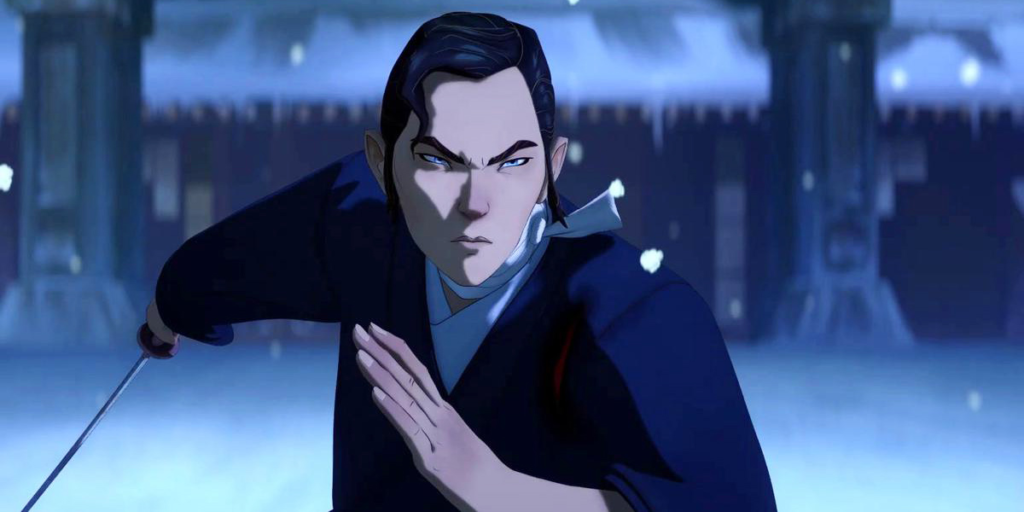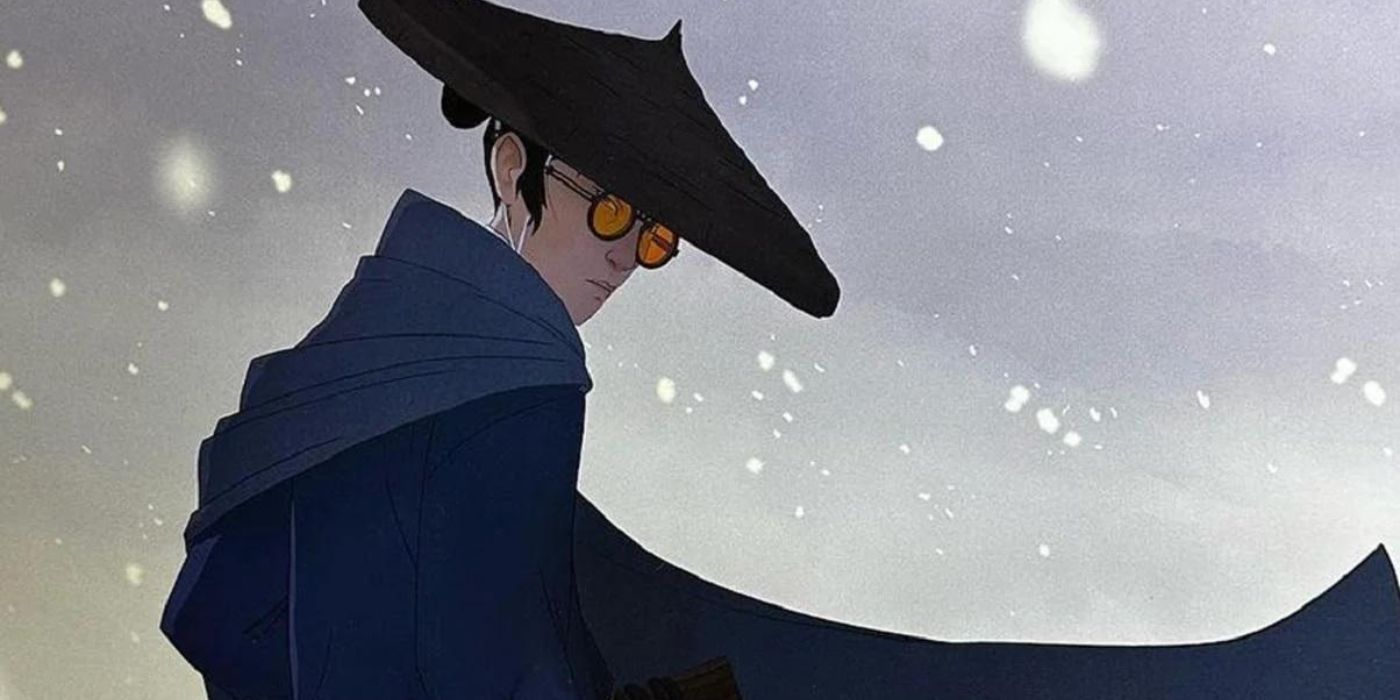- Blue Eye Samurai ‘s protagonist, Mizu, is not based on a real person, but her character draws inspiration from the real-life Englishman William Adams, who had a similar life during the 17th century in Japan.
- The creators of Blue Eye Samurai drew inspiration from various sources, including their own daughter’s blue eyes, the experiences of a woman in Hollywood, the Clint Eastwood archetype, and the film Lady Snowblood . These influences contribute to the show’s unique and fresh feel.
- The adult animated series explores themes of revenge and subverts patriarchal structures as Mizu navigates her journey. It aims to have an impact on the samurai genre by offering a story that is both violent and subversive, different from traditional samurai movies.
As the protagonist of Netflix’s Blue Eye Samurai, Mizu’s mixed race and adeptness with a katana during Japan’s Edo period might inspire viewers to question whether the strong and bold woman was a real person and whether the show itself is based on a true story. While many warriors’ legacies were lost to time, there are plenty of samurai whose sacrifices have been well documented. While samurai culture has always resonated with audiences, it has typically been because of the violence and fight scenes in samurai movies, but Blue Eye Samurai aims to have an impact on the genre with a story that is as subversive as it is violent.

The adult animated series follows Mizu, a half-Japanese, half-white female samurai masquerading as a man as she embarks on a quest to exact revenge on the Irish man who impregnated her mother years ago. The premise is original, and the story is fresh as Mizu navigates patriarchal structures and encounters an eclectic range of people who consciously and subconsciously help her discover new things about herself. As engaging and interesting as Blue Eye Samurai sounds, it begs the question of whether Mizu was a real person or if she was created specifically for the series.
11 Best Animated Netflix Original Shows, Ranked
Blue Eye Samurai’s Mizu Was Not Based On A Real Person (But There Was A Famous Blue-Eyed Samurai)

Blue Eye Samurai‘s Mizu is not based on a real person despite how interesting of a character she is. However, there was a real-life Englishman named William Adams who led a life similar to that of Mizu’s during the 17th century. Adams was a navigator who made his way to Japan on an expedition. He held the distinction of being the first Englishman to reach Japan and was responsible for introducing Western designs to Japan’s naval vessels.
After learning how to speak Japanese fluently, Adams eventually became the key advisor to shōgun Tokugawa Ieyasu and swiftly found himself intimately involved with the country’s politics. Because of his allegiance to and commitment to improving Japan’s relations with Western nations, Ieyasu bestowed upon him two swords representing the authority of the samurai. Despite eventually being allowed permission to return to England, Adams stayed in Japan as he’d grown accustomed to the Japanese’s way of life, and the has since been considered one of the most influential Westerners in Japan (via Japan Experience).
All episodes of Blue Eye Samurai are currently available to stream on Netflix.
Blue Eye Samurai’s Other Inspirations For Mizu Explained

In an interview with Tudum, Blue Eye Samurai creators Michael Green and Amber Noizumi described the show as “an Edo-period tale of revenge — Kill Bill meets Yentl,” thus implying that the show would have just as much violence in it as it has somber moments of reflection. Moreover, in the same interview, the husband/wife team revealed their daughter’s blue eyes as being the biggest source of inspiration for Mizu. Also speaking to Tudum, supervising director Jane Wu explained that her experiences as a woman navigating the male-dominated space that is Hollywood also inspired her.
The strong and silent Clint Eastwood archetype and the 1973 film Lady Snowblood were also cited as influences on Blue Eye Samurai‘s protagonist and themes. As disconnected from one another as these various sources of inspiration might appear to be, they all contributed to making a show that looks and feels fresh. While Blue Eye Samurai‘s Mizu isn’t based on a real person, the sources of inspiration are, and they added greatly to the creation of the unique animated show.
Source: screenrant
